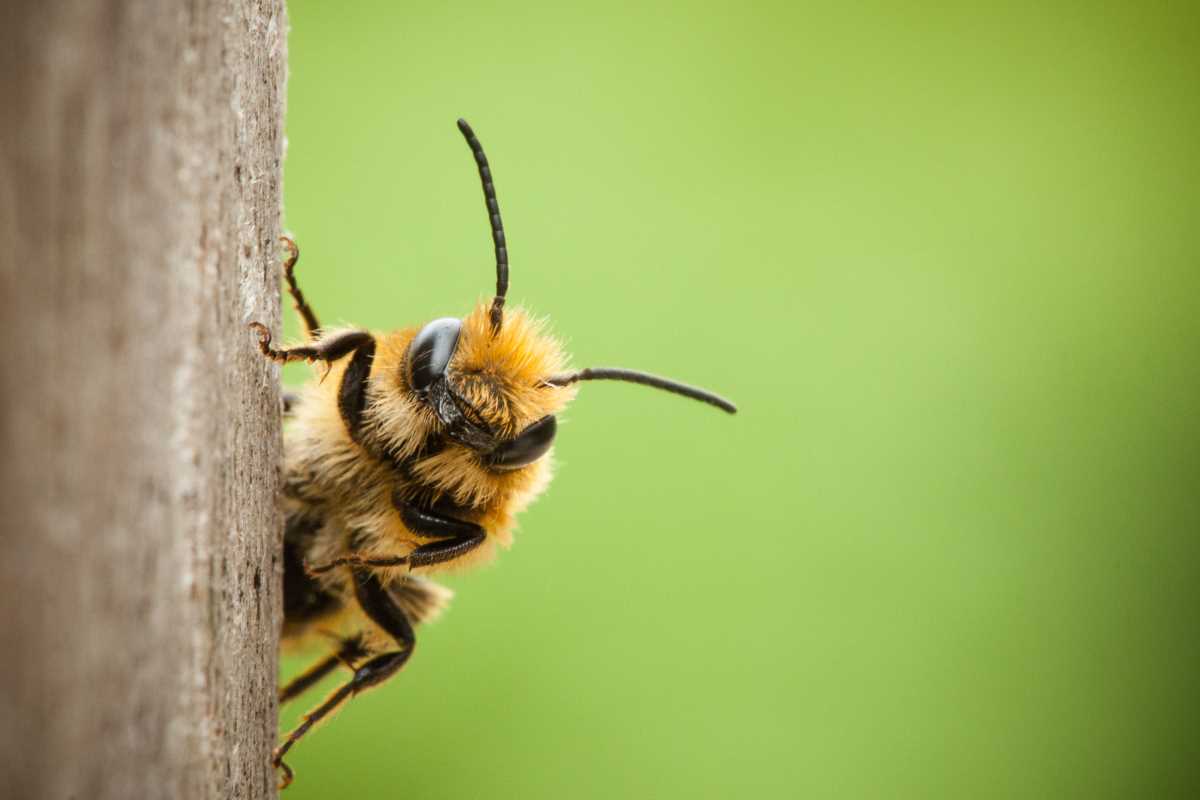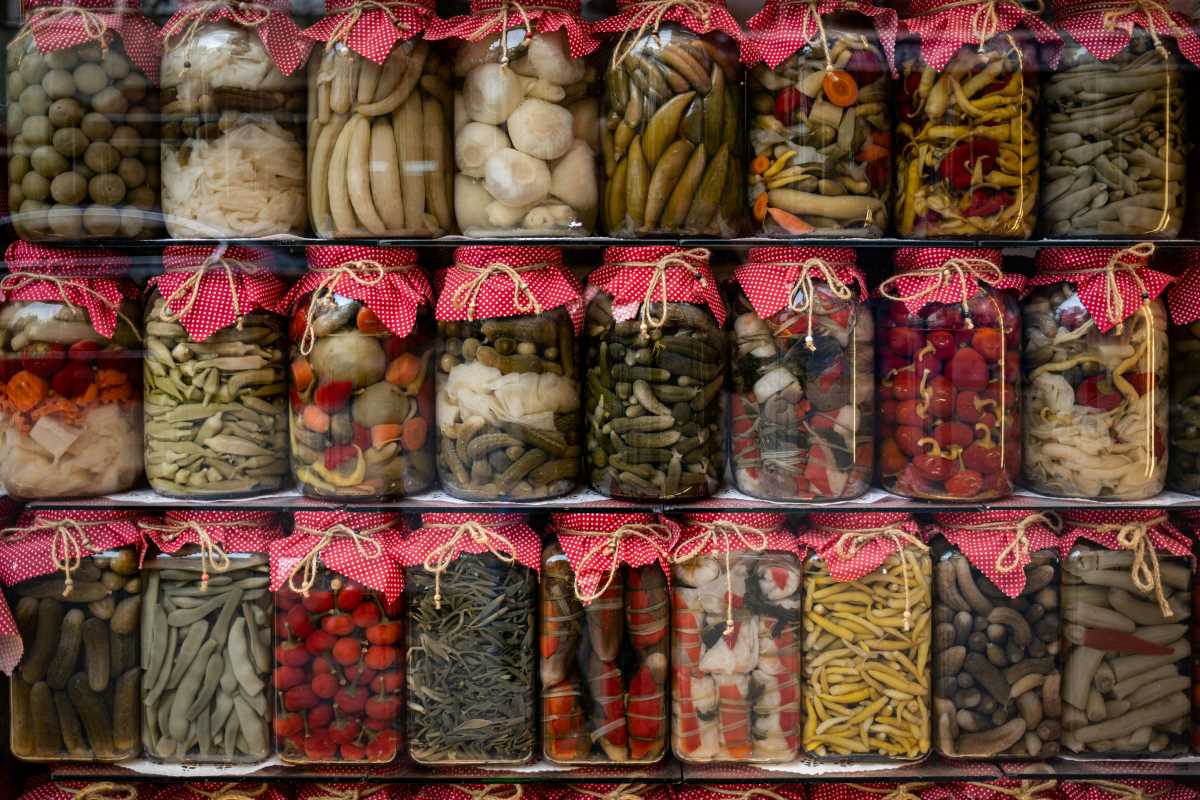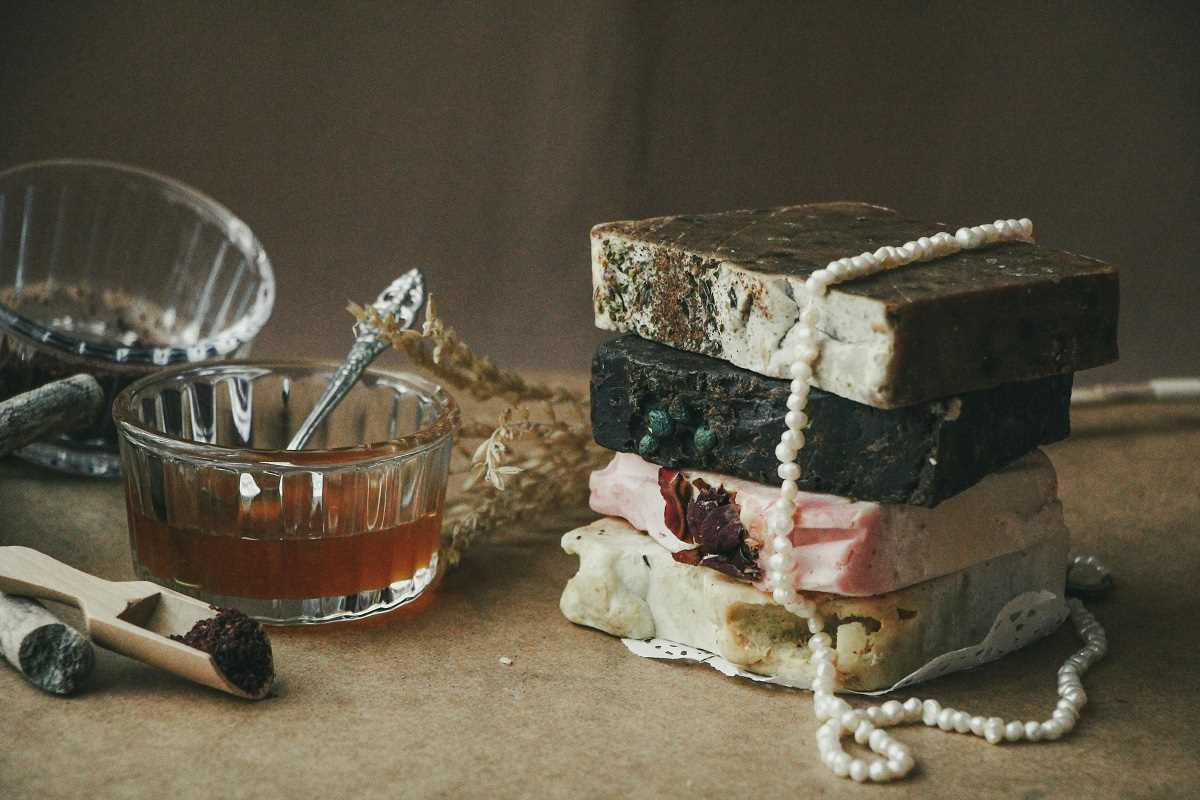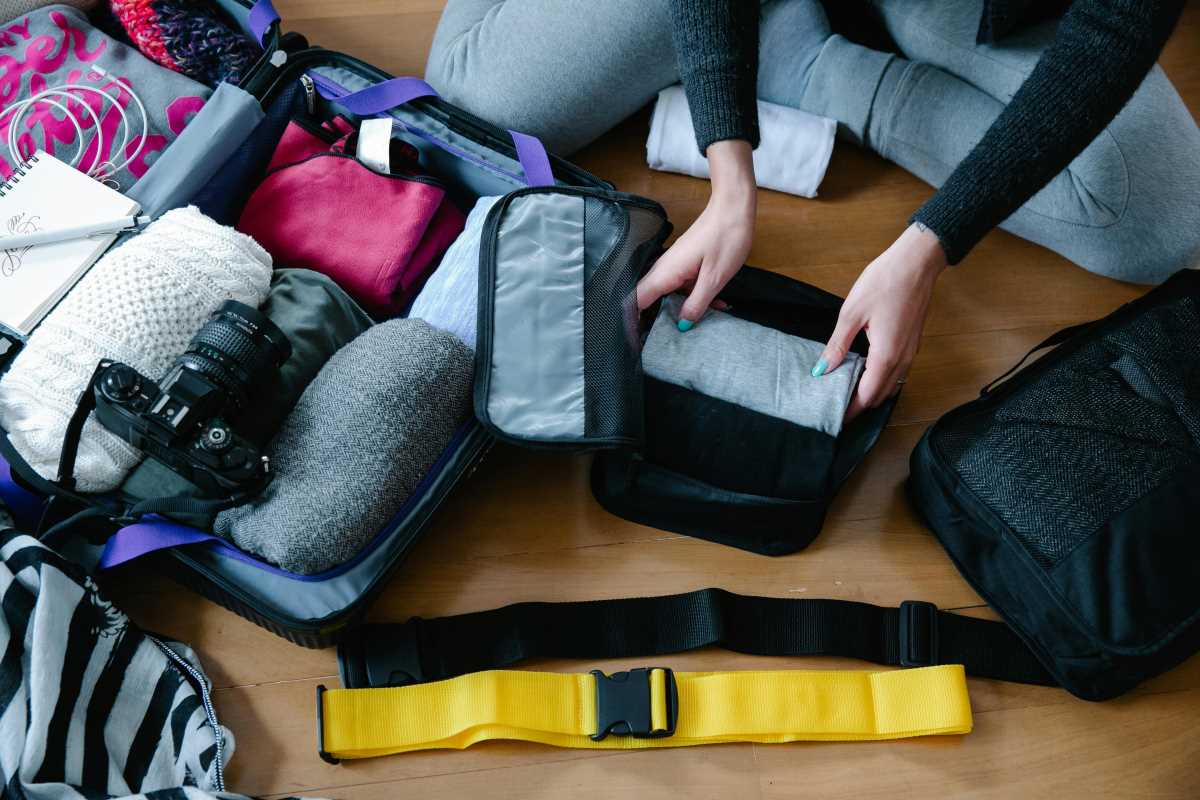Balconies offer a unique opportunity to contribute to the well-being of our buzzing friends. Creating a bee-friendly habitat not only supports local ecosystems but also brings the vibrant activity of bees right to your doorstep. With just a few thoughtful steps, your balcony can become a haven for these vital pollinators.
First and foremost, it is important to understand the needs of bees in order to create a suitable habitat for them. Bees require three key elements in their environment: food, water, and shelter. By providing these essentials on your balcony, you can help support the survival and growth of bee populations.
Understanding Bee Needs
Bees play a crucial role in pollinating plants, which is essential for both natural ecosystems and our food supply. To support bees effectively, it's important to understand their basic needs. Bees require access to nectar and pollen for sustenance, shelter for nesting, and a safe environment free from excessive pesticides.
On a balcony, these needs can be met with careful planning. Providing a variety of flowering plants ensures a steady food source throughout different seasons. Additionally, offering a water source and creating sheltered areas can make your balcony an ideal spot for bees to thrive.
Choosing the Right Plants
- Lavender – Known for its fragrant flowers, lavender attracts bees with its abundant nectar.
- Sunflowers – These tall blooms provide a hearty source of pollen and nectar.
- Bee Balm – With vibrant colors, bee balm is a favorite among many bee species.
- Marigolds – These hardy plants are easy to grow and provide essential nectar.
- Herbs like Thyme and Sage – Not only useful in the kitchen, these herbs also attract bees with their flowers.
Selecting a mix of these plants can ensure that bees have access to food sources throughout the growing season. Additionally, choosing native plants can be beneficial, as they are well-suited to the local environment and more likely to attract native bee species.
Setting Up a Water Source
Bees need water to stay hydrated and to help regulate the temperature of their nests. Setting up a reliable water source on your balcony is essential for a bee-friendly habitat.
- Choose a shallow container, such as a ceramic dish or a sturdy birdbath.
- Fill the container with fresh water, ensuring it's no deeper than an inch to prevent bees from drowning.
- Add pebbles or small stones to the water source. This provides landing spots for bees to safely access the water.
- Place the container in a shaded area to keep the water cool and prevent algae growth.
Regularly check and refill the water to ensure it remains fresh and clean. This simple setup can make a significant difference in providing a safe hydration spot for bees on your balcony.
Creating Shelter for Bees
Providing shelter allows bees to rest and, in some cases, to nest. Here are several ways to create bee-friendly shelters:
- Bee Houses: Install a bee house made from bamboo canes or hollow reeds. Ensure it's mounted at least three feet above the ground and faces the sun.
- Plant Clusters: Grouping plants together can create natural shade and shelter, offering bees protection from the elements.
- Mulch Beds: Create small mulch beds where ground-nesting bees can find suitable places to build their nests.
- Provide Overhangs: Use plant covers or trellises to create overhead protection, shielding bees from direct rain and strong sunlight.
- Leave Some Bare Spots: Not all areas need to be planted. Leaving some bare spots with dry stems can provide nesting materials for solitary bees.
These shelters not only make your balcony more inviting for bees but also support their natural behaviors and nesting preferences.
Maintaining Your Bee-Friendly Habitat
Once your balcony bee habitat is set up, maintaining it is key to ensuring its long-term success. Regular care will keep the area attractive and safe for bees.
Consistently water your plants and monitor for signs of disease or pests. Avoid using chemical pesticides, as these can be harmful to bees. Instead, opt for natural pest control methods. Prune plants as needed to promote healthy growth and prevent overcrowding.
Ensure that the water source remains clean and free from debris. Replace the water regularly to prevent stagnation and mosquito breeding. Additionally, refresh the shelters periodically to ensure they remain safe and accessible for bees.
By staying attentive to the needs of your bee-friendly balcony, you create a thriving environment that supports these essential pollinators year-round.
Taking the initiative to create a bee-friendly habitat on your balcony not only aids in the preservation of bee populations but also brings color and life to your outdoor space. With the right plants, water sources, and shelters, your balcony can become a sanctuary for bees, contributing to a healthier environment for all.






.jpeg)
